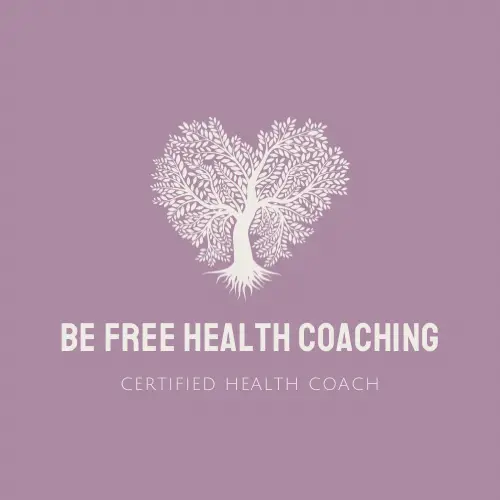Embarking on a workout routine often raises the question: How much exercise is truly necessary to get in shape? In this blog post, we’ll explore the science behind fitness recommendations and help you understand the optimal amount of exercise needed for achieving your fitness goals.
1. Quality Over Quantity:
– The belief that more exercise is always better is a common misconception. Focus on the quality of your workouts rather than just the duration.
– High-intensity workouts, such as interval training, can provide efficient results in a shorter amount of time.
2. The American Heart Association Guidelines:
– The American Heart Association recommends at least 150 minutes of moderate-intensity exercise per week for general health.
– This can be broken down into 30 minutes a day, five times a week, or more vigorous exercise for 75 minutes a week.
3. Strength Training Matters:
– Cardiovascular exercise is essential, but don’t neglect strength training.
– Including two or more days of strength training per week helps build lean muscle, boost metabolism, and improve overall body composition.
4. Individual Variability:
– The optimal amount of exercise varies from person to person based on factors such as age, fitness level, and health status.
– Listen to your body and gradually increase exercise intensity and duration as your fitness improves.
5. Consistency is Key:
– Consistency plays a pivotal role in achieving fitness goals.
– Establish a routine that is sustainable for you, whether it’s daily walks, weekly classes, or a combination of various activities.
6. Adapt to Your Goals:
– The amount of exercise needed depends on your specific fitness goals.
– For weight loss, a calorie deficit through a combination of diet and exercise is crucial. Building muscle may require more focused strength training.
7. Rest and Recovery:
– Adequate rest and recovery are integral to a successful fitness journey.
– Over training can lead to burnout, injuries, and hinder progress. Allow your body the time it needs to repair and adapt.
Getting in shape is not solely about the quantity of exercise but rather about finding a sustainable routine that aligns with your goals. Whether you’re a beginner or a seasoned fitness enthusiast, tailor your workouts to your individual needs, listen to your body, and prioritise consistency.
By debunking the myth of excessive exercise, you can achieve lasting results while promoting overall well-being.
Remember, it’s not just about the destination but the journey to a healthier, more active lifestyle.

Sarah Parker
After getting sick and tired of diets and overexercising for 2 hours a day, just to see results, struggling with fatigue, anxiety, depression, stress and a ADHD diagnosis at 30. I decided to focus on my health and nutrition and make reducing stress a priority. I transformed my life, and now my passion is to see you transform yours.




